Anschaffung: Mir fehlte seit geraumer Zeit ein Verstärker mit EL84ern. Zudem auch etwas in Richtung britisch M (laut G&B entspricht die Schaltung weitgehend der Endstufe des Modells 2061).
Versand: Das ist die erste Sendung von Thomann ohne Umkarton, die MTE ist im Karton des Herstellers allein schon exzellent geschützt. Also umweltfreundlich! Allerdings leidet die Originalverpackung auf dem Transportweg, welche auf dem Gebrauchtmarkt schon mal zum Verkaufsargument beiträgt.
Zum Erscheinungsbild: Das relativ hohe Gewicht hat mich etwas überrascht. Die Verarbeitung ist gut, das Gehäuse solide und mit guter Passform konstruiert, wenn auch ohne besondere Designraffinesse, eben zwei u-förmige Bleche um 90° verdreht, die ineinander greifen. Es wundert mich immer wieder, dass wir Klangästheten uns optisch mit solch schlichten wie konformen Gestaltungen zufrieden geben (müssen). Das Weiß finde ich gut, mal etwas Anderes, Frischeres. Die Schalter und Regler lassen sich mit ausreichend Rückmeldung bewegen. Ein 4 Ohm Ausgang wäre noch toll gewesen, hätte den Ausgangsübertrager aber aufwändiger und damit teurer gemacht (1 Pünktchen Abzug Features). Drinnen bis auf ein paar Kleberkleckse sauber verarbeitet, das hat eine ordentliche qualitative Anmutung. Die MTE sitzt bei mir in einem kleinen 19" Rack mit den angeschraubten Ohren, was durch die ungewohnten Proportionen schon ein wenig putzig aussieht. Chinesische Unbedarftheit? Egal, praktisch sind die kostenlos mitgelieferten Rackohren allemal. Die Höhe der MTE liegt etwas unter den normalen zwei Höheneinheiten, wodurch sich etwas Abstand zu den Geräten oder dem Rack darüber und damit ein Belüftungsfreiraum ergibt. Man könnte also auch gleich darüber bauen, wenn man das braucht, aber ich lasse vorsichtshalber zusätzlich Luft darüber.
Einsatz: Zuerst habe ich MTE mit einem Effectrode Blackbird Vorverstärker vom Line out mit 600 Ohm in die Low Einstellung angesteuert. Das klingt für mich am offensten und hellsten, wie ich es halt gerne habe. Wenn ich Effekte dazwischen hänge, kommt der hochohmige Ausgang des Blackbirds zum Einsatz, dann klingt die High-Einstellung besser. Die Endstufe lässt sich so mit dem BB gut in die Sättigung treiben, was einen satten, sämigen Sound ergibt. Richtig klasse - ich bin wirklich beeindruckt! Das ergibt einen eigenständigen Sound im Vergleich zu meinen EL34 und 6L6 Verstärkern. Einen richtige Clean-Sound bekomme ich allerdings nicht hin. Hmm!
Die EL84 komprimiert mehr und schafft ein spezielles Mittenspektrum. Ich experimentiere noch mit dem EQ des Vorverstärkers im Verhältnis zum Präsenzregler der MTE in Sachen Finetuning. Die eingebauten Röhren sind für mich in Ordnung, aber bestimmt werde ich irgendwann mal Alternativen ausprobieren. Die Hitzeentwicklung finde ich im normalen Rahmen, deswegen lasse ich die Staubfilter erst einmal drin.
Victory V4 The Sheriff: Jetzt habe ich mir den dieses Teil zugelegt. Die V4's mit ihren 4 Röhren hauen ganz schön Power raus. Da hatte ich mit zwei anderen Versionen ganz schöne Anpassungsschwierigkeiten an die Folgeverstärker. Die MTE ist zum Glück anpassungsfähig. In der Low Einstellung funktioniert alles einwandfrei ohne extreme Einstellungen am Sheriff vornehmen zu müssen. Der klingt an sich schon schwer nach M, was sich auch an der MTE so fortsetzt. Fragt mich allerdings nicht, nach welchem M das nun klingen würde. (die kenne ich sowieso nicht so explizit) Hat wieder auch etwas ganz Eigenständiges und das ist auch gut so! Wenn ich dann noch einen Röhrenoverdrive davorschalte, ergibt sich so etwas wie ein Vollverstärker am Rande seiner Verarbeitungsgrenze. Echt FETT!!! Experiment erfolgreich . . .



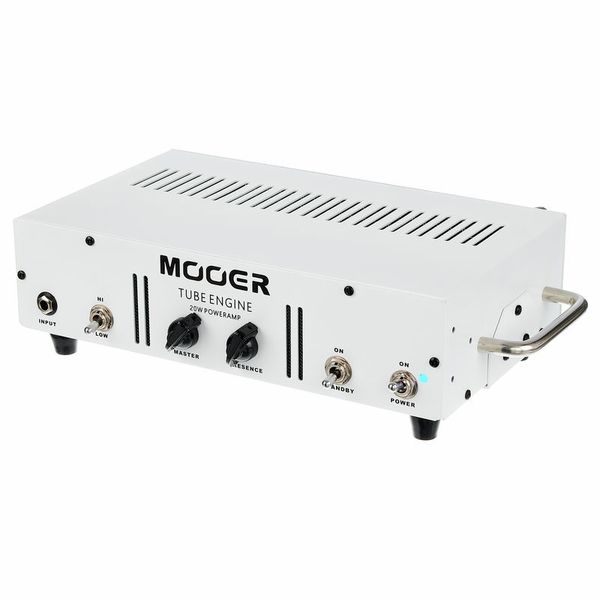
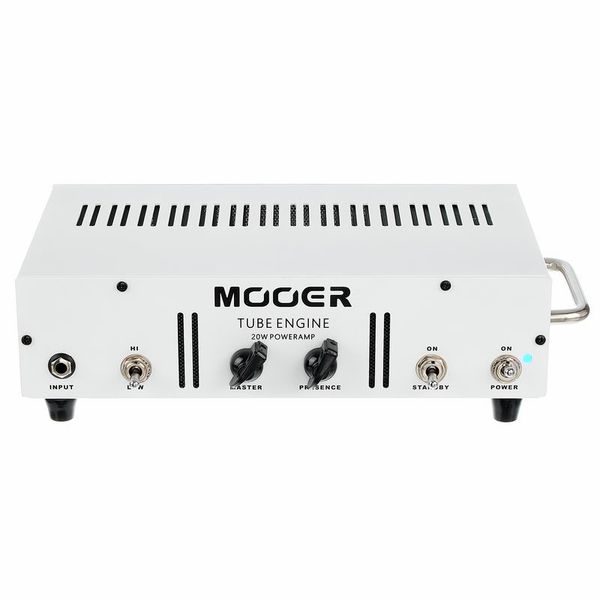
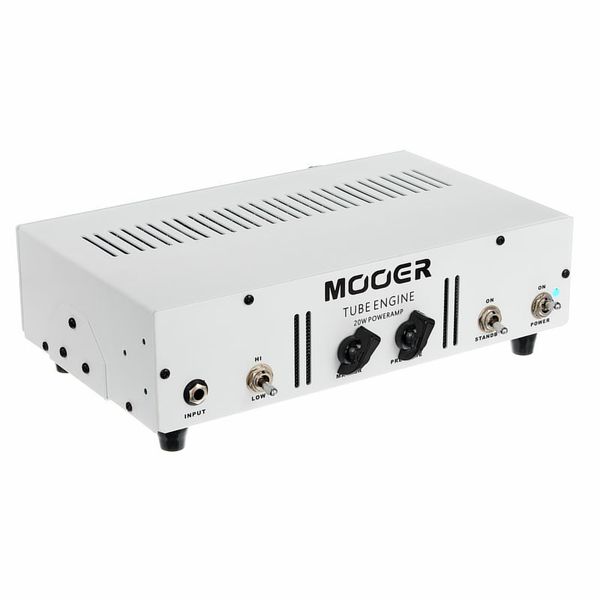
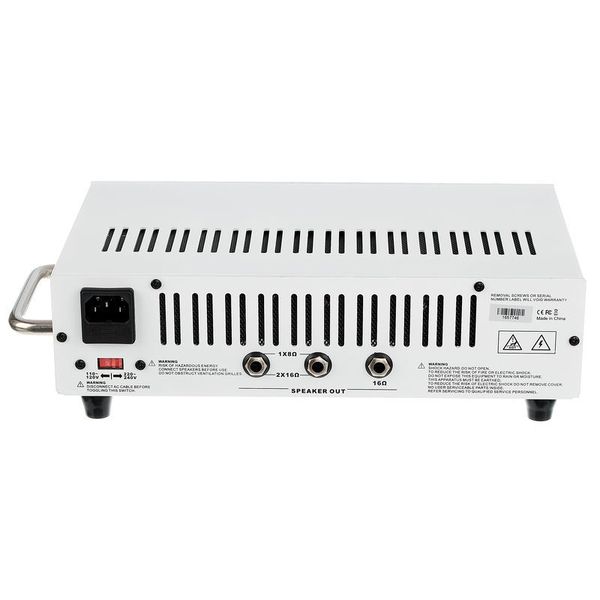
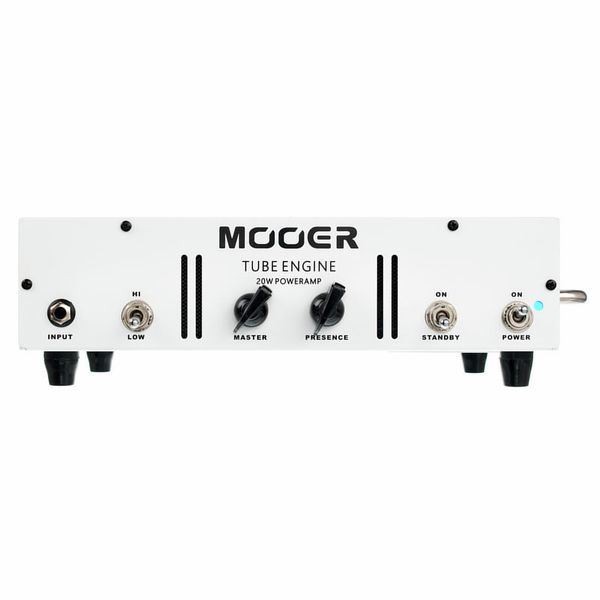
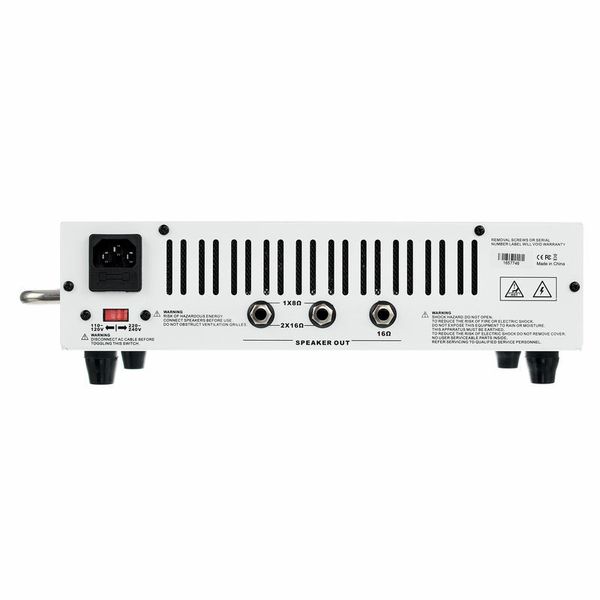
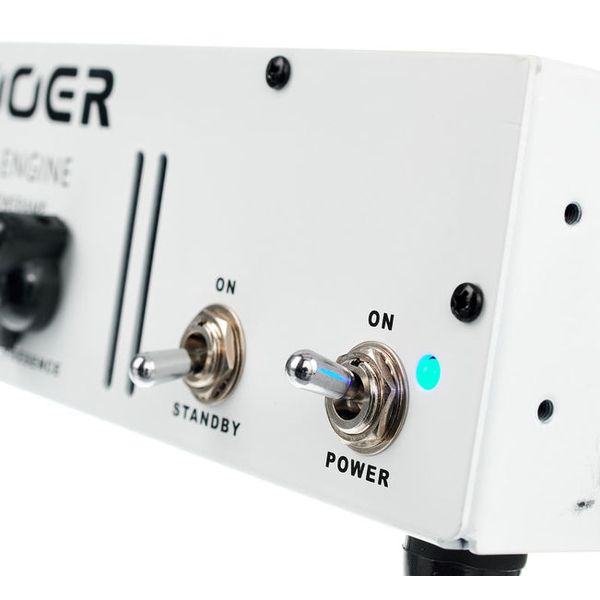
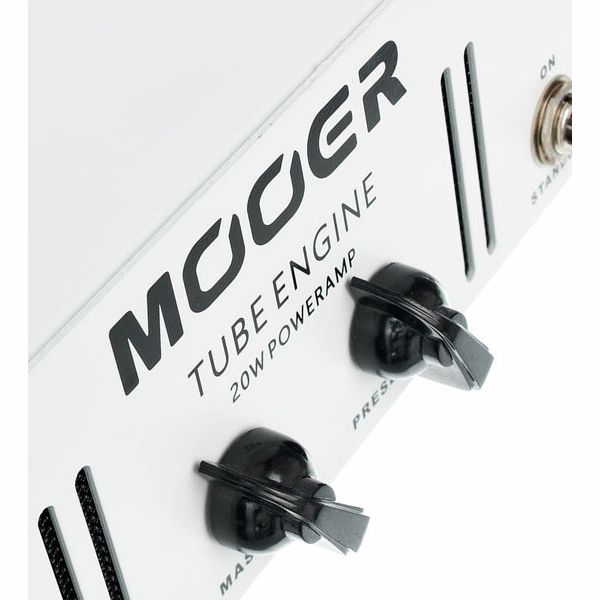
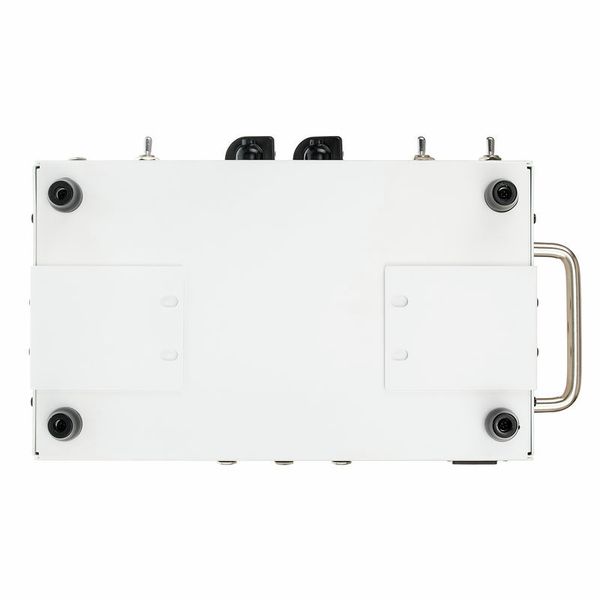









)
)
)
)



